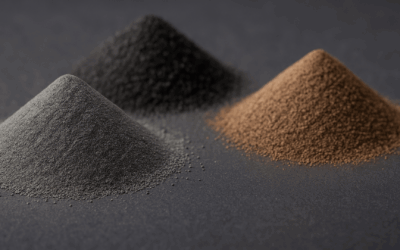The aerospace and defense (A&D) industry was one of the earliest adopters of additive manufacturing (AM) technology, with companies using it as far back as the 1990s to print nonstructural components. Its use has been steadily increasing throughout A&D companies, and it is easy to see why. AM offers many advantages that conventional manufacturing methods lack, including reduced manufacturing costs at low volumes, highly functional part optimizations, and a much faster time-to-market. While there are barriers to its adoption, those challenges can be broken down with the assistance of the digital twin.
Reducing costs and adding functionality
One of the clearest benefits of using AM is the reduction material waste. With conventional manufacturing methods, parts are often made by removing portions of material in a machining operation, resulting in scrap that must be disposed of properly. Not only does this have a financial cost, but it can also impact the environmental sustainability of production. Alternatively, molds are created to shape material, but those molds also have a cost in capital and resources. With AM, however, parts are made by adding material without the assistance of molds, resulting in little to no scrap and few extra costs for extraneous materials. With AM, the manufacturing process can be cheaper without sacrificing the quality of the product.
The optimization of parts and components printed with AM is another great advantage of the technology. AM has introduced new ways to manufacture parts that allow engineers to get the most functionality from components while using minimal amounts of material. By adding material instead of subtracting material, engineers can more readily create complex structures that would be exceedingly difficult using conventional manufacturing methods. Parts made with AM can fulfill the same functions as those made conventionally while weighing significantly less. This is a boon for aerospace considering weight reductions are highly beneficial for any product. When manufactured, these optimized parts made with AM combine to form a stronger, more efficient whole.
Read more here.
Siemens is a technology company focused on industry, infrastructure, transport, and healthcare. From more resource-efficient factories, resilient supply chains, and smarter buildings and grids, to cleaner and more comfortable transportation as well as advanced healthcare, the company creates technology with purpose adding real value for customers. By combining the real and the digital worlds, Siemens empowers its customers to transform their industries and markets, helping them to transform the everyday for billions of people.




